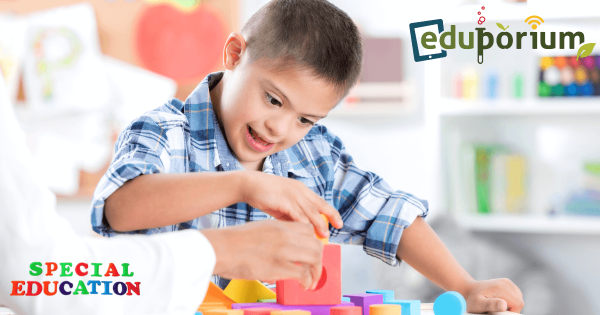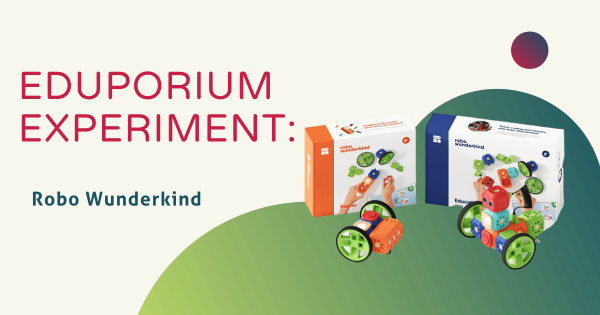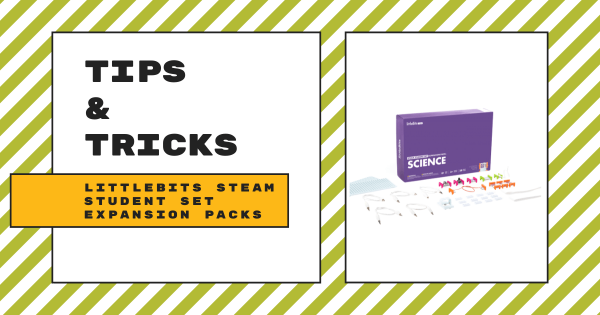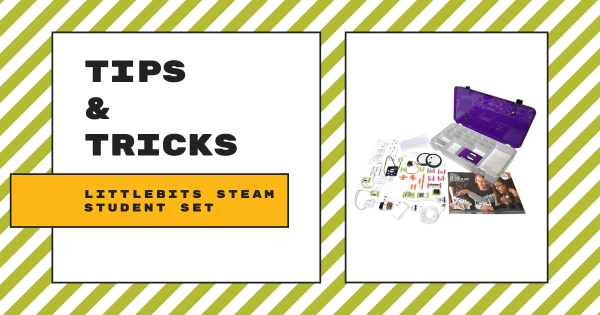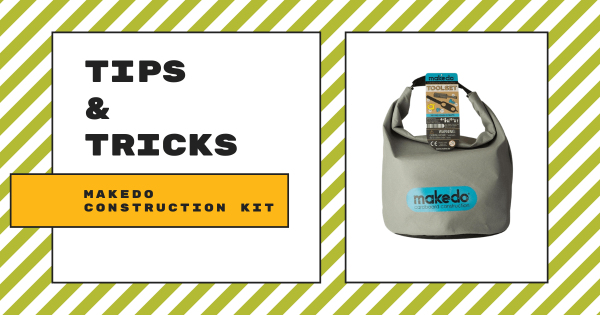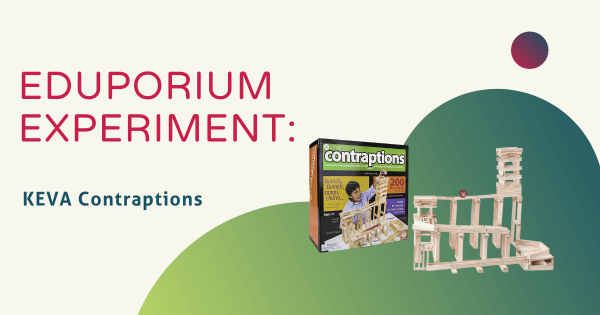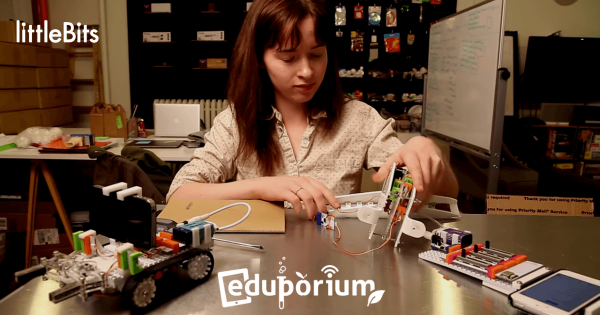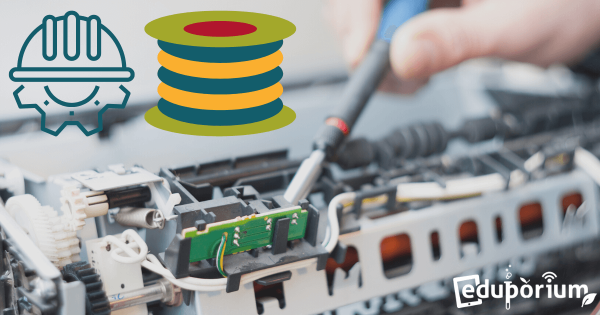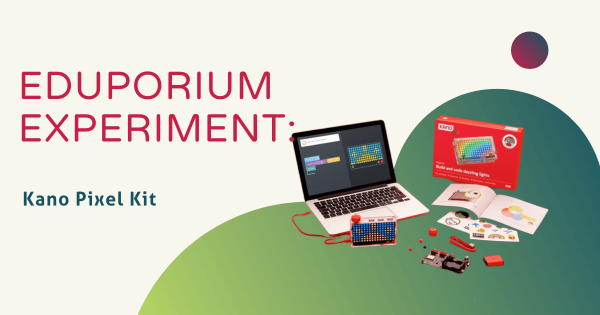School leaders are always looking for ways to get members of their community—most commonly the parents of their students—involved with what kids are doing in the classroom. Today’s students are accomplishing so much especially when it comes to innovative learning and, too often, parents don’t get to truly see what they’re working on.
Maker Ed
Maker Ed has rapidly evolved into a big and important component of 21st century learning. Born out of the culturally impactful Maker Movement, maker education involves providing students with opportunities for hands-on construction, investigation, problem solving, collaboration, and more—all with this community-centric approach. In Maker Ed, students often excel with new types of opportunities to showcase their skills or to develop new ones. With so many potential projects to work on in the classroom or in school makerspaces, adding purposeful, hands-on work to the school day is very effective and inspiring. And, more importantly for educators, there's no wrong way for them to go about introducing maker education. It can be as complex as using various advanced 3D printers or as simple as building with popsicle sticks.
Aside from the likelihood of positively impacting students, Maker Ed is also popular because of its real-world connections. Not only can children further develop key technical skills, maker opportunities also help them to bolster some top soft skills. Making typically involves a lot of collaboration and this is especially true as students move into middle or high school. With unique, fluid opportunities, kids can simultaneously work on bolstering communication, teamwork, and other soft skills in the process. Plus, whether they are using classroom 3D printers, CNC machines, or even low-tech tools, they'll grasp a better understanding on using technology for good as well. Some solid product lines across Maker Ed are 3Doodler, MakerBot, LulzBot, Glowforge, and more. With these innovative solutions, students in all grade levels can truly propel their creative acumen.
-
Eduporium Weekly | EdTech And Special Education
Coding tools, makerspace materials, and many other STEAM solutions are awesome at getting them to work with their hands and also activating their brains. When special education students see that they can use technology to accomplish a lot of the same things as all the rest of the students in the school, they gain a greater sense of inclusion, learn key skills, and more.
-
Eduporium Experiment | STEAM And The Robo Wunderkind Kits
Plug-and-play accessibility is a pretty common buzzword-like term around the EdTech world. While leaders of almost every company claim to provide solutions that are easy to use right out of the box, not all of them deliver in the ways that the Robo Wunderkind system does. And, that mission starts with an age-appropriate introduction to robotics and STEM in preschool.
-
Tips & Tricks | littleBits STEAM Student Set Expansion Packs
There are now two cool Expansion Packs for the STEAM Student Set—one focused on science, and one for focusing on math. You will need a littleBits STEAM Student Set in order to use the expansion packs since the learning activities are scaffolded for students in Grades 3-5 and help teachers build on prior experiences but neither pack comes with the power module.
-
Tips & Tricks | littleBits STEAM Student Set
If you are looking to implement littleBits into your classroom or library, the STEAM Student Set is the perfect introductory kit. It’s designed to be used by 1-3 students at a time, comes in packs of one, six, eight, or 10, and can support multiple groups and classrooms. It is ideal for students in Grades 3-8 and includes a bunch of teacher resources.
-
Tips & Tricks | Using The MakeDo Construction Kits
The MakeDo system is part of a simple cardboard construction kit line that features a bunch of reusable plastic tools. Although it is very simplistic and super low-tech, the ideas and creation possibilities when weaving MakeDo inventions into education are endless. Teachers could even inspire creative play, critical thinking, and problem solving while kids learn by doing.
-
Eduporium Experiment | KEVA Contraptions
For this week’s Eduporium Experiment, we’re playing around with the KEVA Contraptions Set, a pretty big box that’s not high-tech but still offers a high ceiling for STEM learning. KEVA has a few different kits available for students and teachers and the main features of each is the same. Keep reading to learn more about these low-tech STEAM tools.
-
Deepen The littleBits Experience With Engaging Expansion Packs
Covering four specific areas (science, math, technology, and computer science), these kits help ensure students grasp key concepts through scaffolded and engaging activities! Keep reading to learn more about each of these expansion packs and why they’re a good option for any STEAM-loving, littleBits-using teacher.
-
There's More to Fab Labs than Expensive Equipment
It’s become increasingly common for schools to feature these types of spaces, which are designed to promote hands-on tinkering, breaking, collaboration, failure, problem solving, and creative invention using any assortment of MakerEd tools. In fab labs, students are free to create whatever they want in essentially any way that they want.
-
Eduporium Experiment | Kano Pixel Kit
The original kit from Kano was just the beginning and now they offer different add-ons to help support deeper learning and even more fun. One of those add-ons is the Kano Pixel Kit, which empowers kids to invent and code dazzling lights in up to 16 million different colors. Keep reading to learn more about it!





